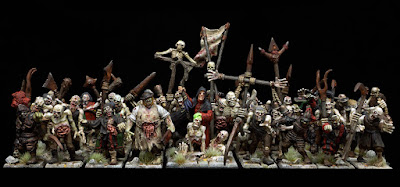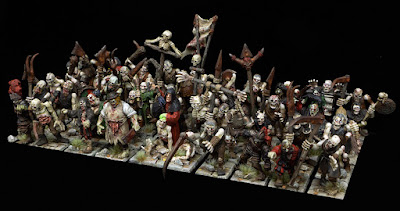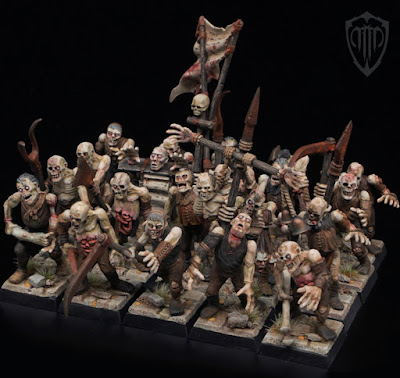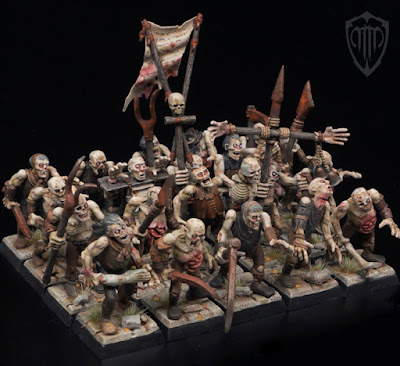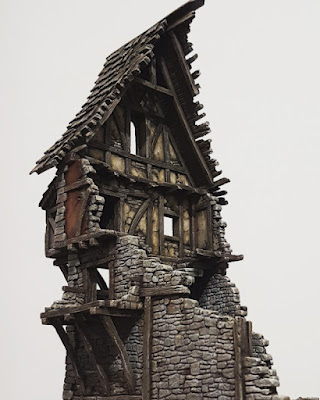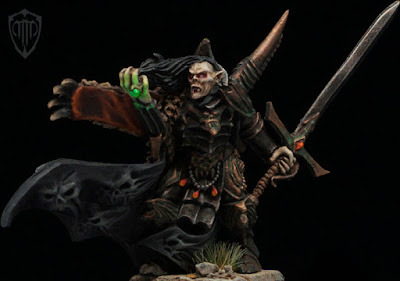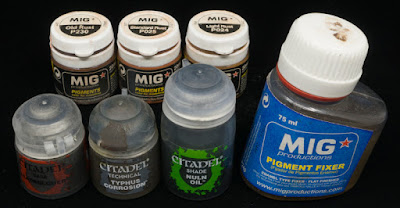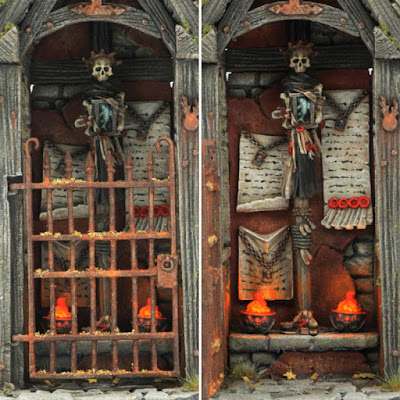"Just before sundown a great, terrible fog appeared, seemingly out of nowhere. From it, a huge dark shadow with burning red eyes emerged. That very moment, without any warning the whole village burst into flames, as if by some apocalyptic evil magic. There was no escape for the unfortunate and surprised villagers, young and old, as they started running down the streets, screaming their lungs out, while slowly being consumed by fire. Flesh falling apart with transforming, shifting colors. Bodies flailing and buildings collapsing through unnatural black burning. Those who fell continued twitching in agonizing torment as they slowly passed away. But they did not remain dead for long."
In days to come, no proof of black magic was found, but there was no other way to explain the obliterated village, burned to the ground, abandoned by the living and the dead. No bodies were found, neither those killed on that terrible day, nor those buried long time ago in the local graveyard. All of the graves were desecrated, every single one of them empty and gaping. Not a single plant, root, animal or any other lifeform was to sprout in the village of Brashovice ever again. The village remains a place of utter desolation.
This is how the first of many Todtstein legions came back to life, or more precisely, unlife.
For the first unit of zombies I decided to go with the Games Workshop Zombies from the Age Of Sigmar range. These models have been around for about twenty years, but I still like them very much! Partially because they remind me of the good old days when me and my friends played Warhammer Fantasy Battles. :) What I like about them the most is their expressive faces with the sunken and staring eyes, hanging tongues and grinding teeth! My main objection would be their oversized hands that are definitely out of scale. This by itself does not present a problem. It becomes a problem when you want to mix them with zombie models form other manufacturers to get some variety. Zombies from Fireforge Games or Mantic, for example, are about the same height as those of GW but their hands are way smaller, so it looks kind of silly. The other issue that I have with the GW zombies is the way that the shoulders look. When you assemble the models the shoulders look very exaggerated, with no transition from the shoulder to the torso. However, this can be fixed by adding some modelling putty. It does take additional effort, especially when you consider the numbers, but I think it is worth it.
To get some variety using only GW models, I did some minor conversions like ripping the jaw on one of the zombie heads and making his tongue hang out, or making the skull open exposing the brain inside, etc. My favorite conversion is the zombie staring at the sky with the slit throat. I always loved the severed head which can be found on the GW zombie sprue. Sadly, this had wasn't intended to be used as a zombie head. I always thought it had a perfect expression to be used as one, so I took the matter in my own hands and with a bit of Green Stuff created my favorite and unique zombie. I also used some parts from the OOP Empire Free Company Box and Empire Flagellants sprue to make the unit even more interesting. The unit is twenty zombies strong at the moment but I will be adding many more. The zombie legion will constantly grow! 🧟🧟🧟🧟🧟🧟🧟🧟🧟






